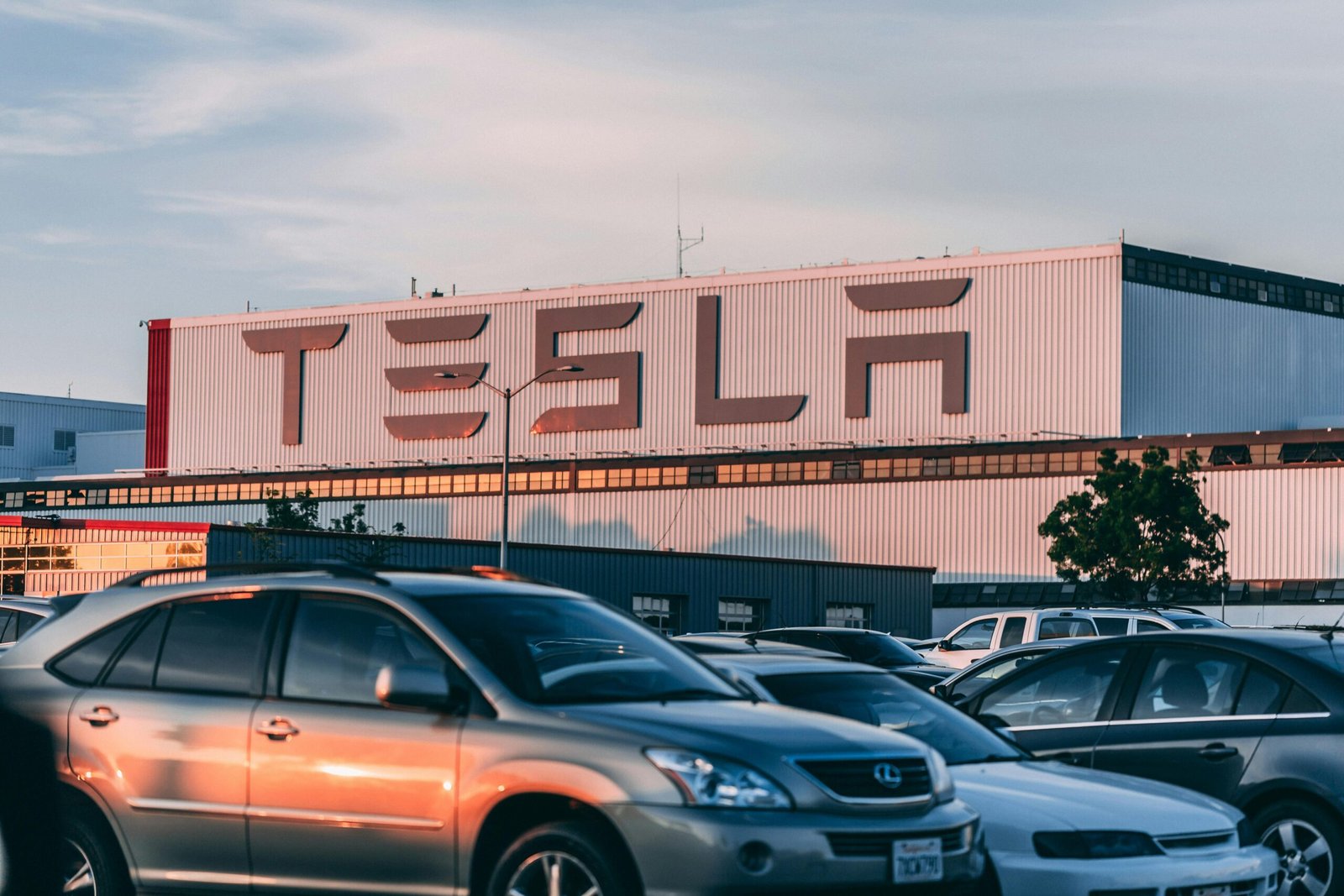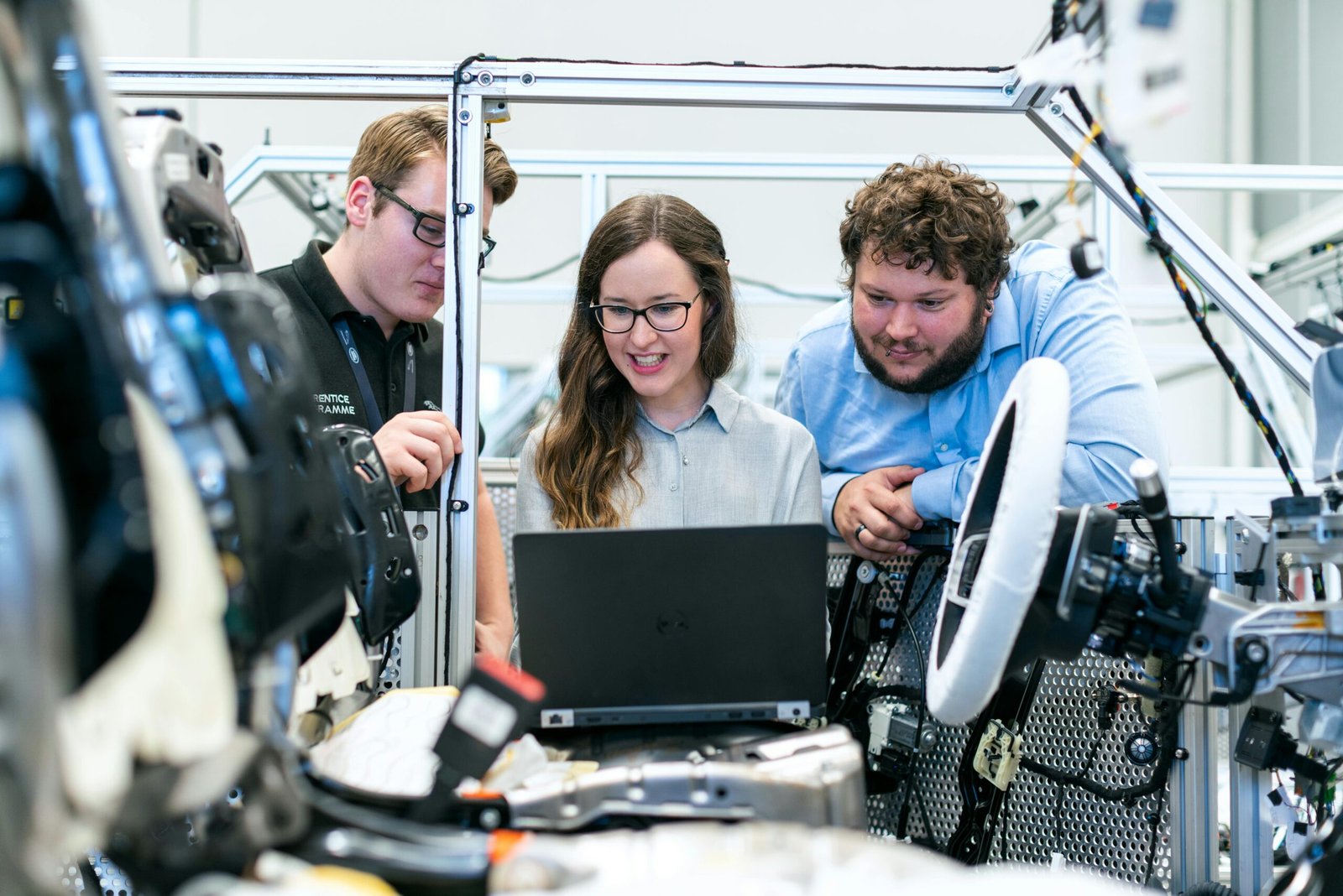As the global push towards sustainability continues to gain momentum, electric vehicles (EVs) are at the forefront of this shift in the automotive industry. The year 2025 has brought significant advancements in EV technology, infrastructure, and market offerings. This article delves into the latest trends and innovations in electric vehicles, highlighting how they are shaping the future of transportation.
Advancements in Battery Technology
Extended Range and Faster Charging
One of the most significant advancements in 2025 has been in EV battery technology. New battery designs, such as solid-state batteries, have started replacing traditional lithium-ion batteries, offering higher energy density and faster charging times. These improvements have effectively addressed range anxiety, with many new models now offering over 400 miles of range on a single charge and charging speeds that can deliver 80% capacity in under 20 minutes.
Reduction in Battery Costs
Making EVs More Accessible
The cost of EV batteries has continued to decline, making electric vehicles more affordable for a broader audience. Economies of scale, improved manufacturing processes, and advances in materials science have all contributed to reducing the overall cost of EV ownership.
Expansion of Charging Infrastructure
Enhancing Convenience for Users
2025 has seen a significant expansion in EV charging infrastructure, both in urban and rural areas. Governments and private companies have invested heavily in developing a more robust network of public charging stations, including ultra-fast charging technologies, making long-distance travel in EVs more feasible and convenient.
Integration with Renewable Energy
Sustainable Charging Solutions
Many new EV models are designed to integrate seamlessly with home energy systems, such as solar panels and home battery storage units. This integration allows vehicle owners to charge their cars with renewable energy, reducing the carbon footprint associated with electric vehicle charging.
Autonomous and Connected Features
Enhancing the Driving Experience
Autonomous driving technologies have advanced significantly, with many electric vehicles now featuring higher levels of autonomy. These vehicles are equipped with sophisticated sensors and AI-driven systems that enhance safety and efficiency on the road. Additionally, connectivity features allow EVs to receive real-time traffic updates, optimize driving routes, and even book charging stations en route.
Diversity in EV Models
Broadening the Market
The variety of EV models available has expanded dramatically by 2025. Consumers can choose from a wide range of electric cars, from compact city cars and luxury sedans to SUVs and even electric trucks, catering to diverse preferences and needs. This variety has helped to accelerate the adoption of electric vehicles across different segments of the market.
Government Incentives and Regulations
Supporting EV Adoption
To support the adoption of electric vehicles, many governments around the world have introduced incentives such as tax rebates, grants for purchasing EVs, and exemptions from tolls and parking fees. Additionally, stricter emissions regulations have pushed more consumers and fleet operators to consider EVs over traditional internal combustion engine vehicles.
Innovations in EV Manufacturing
Streamlining Production
Automakers have embraced new manufacturing techniques that reduce waste and increase efficiency in the production of EVs. Modular platforms and shared components across different models have become more common, further reducing the cost and complexity of EV production.
Conclusion: The Road Ahead for Electric Vehicles
The developments in 2025 represent a significant step forward in the evolution of electric vehicles. With enhanced battery technology, expanded charging infrastructure, and a broader range of models, EVs are increasingly becoming a viable and attractive option for consumers. As the industry continues to innovate and governments strengthen supportive policies, the future of transportation looks increasingly electric.
Electric vehicles in 2025 not only reflect advancements in technology but also a broader commitment to sustainability and innovation in the automotive industry. As these trends continue to develop, the potential for EVs to replace traditional vehicles grows, marking a pivotal shift towards a cleaner, more sustainable future in transportation.





